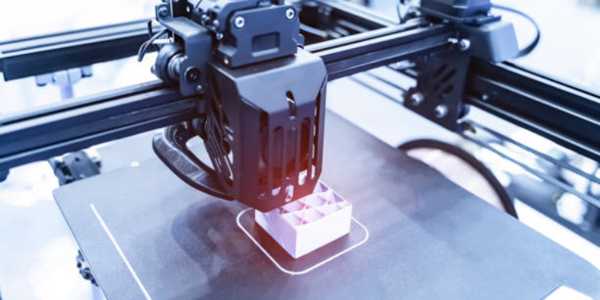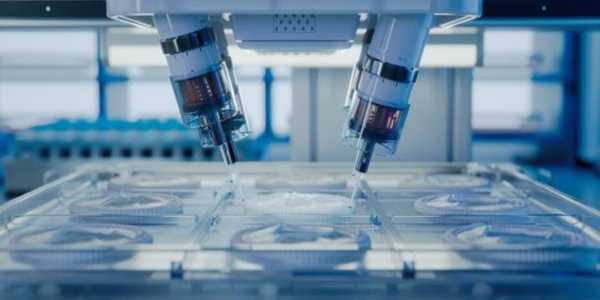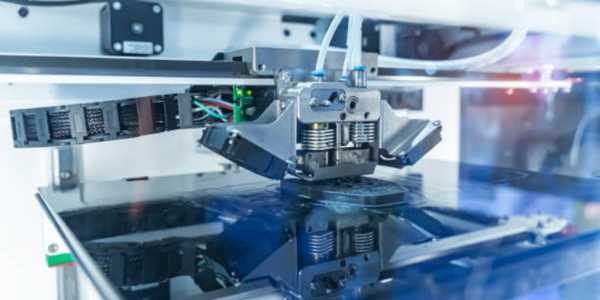How 3d Printing is Transforming Electronics Manufacturing
For a long time, the manufacturing of electronics has been characterized by attention to detail, high quality standards, and an elaborate assembly line process.
For a long time, the manufacturing of electronics has been characterized by attention to detail, high quality standards, and an elaborate assembly line process. However, there has been a new technology shift in the industry that is proving to be disruptive – 3D printing. While once used only for prototyping, it is now being utilized for full-scale electronics manufacturing. In this article, we will look at the use of additive manufacturing in electronics, how it compares to previous technologies, and what the future may hold.
Evolving New Technologies: The Future of Electronics Manufacturing
The construction of printed circuit boards (PCBs) can serve as a good example of Electronics Manufacturing Services (EMS) services. Traditional production techniques require drilling, imaging, plating, and other chemical treatments which are time consuming, expensive, and environmentally hazardous. On the other hand, 3D printing methods solve these challenges by assembling parts one layer at a time. Now, manufacturers can create complex circuits in one sequence by utilizing polymer inks for the board substrate and silver infused inks for the conductive traces. This signifies a shift away from the complicated and costly subtractive methods. The end result is a drastic increase in efficiency when making electronic devices.

Key Innovations and Comparisons
The most promising features in electronics 3D printing is the multi material integration over a single manufacturing run. The process of material jetting allows the conductive and insulating materials to be printed simultaneously. This means it is now possible to print the entire functional circuitry as well as the protective housing rather than preforming an assembly. Traditional methods require specialized equipment and several different phases of production whereas modern methods streamline the process.
In the example given with PCBs, rather than having multiple finishing processes and etching copper layers on a board, a 3D printed circuit board does not require these steps. Engineers can create more than just simpler geometries, complex non-planar configurations can now be attempted. More so, prototypes can be designed without a great deal of innovation into the final product, greatly enhancing the design to production cycle.
Effects on Supply Chain Management and Cost Effectiveness
Beyond improving design capabilities, 3D printing is also changing supply chain processes for the better. Companies focusing on traditional manufacturing have to design new products, heavily invest in large scale production, and keep extensive inventories to meet the demands of the market. Contrast this with traditional manufacturing supply chains that can print when it is necessary.
This enables manufacturers to respond more quickly to changes in the market. To illustrate, consider a scenario where a custom printed batch of components is fabricated right within the offices of a small electronics company instead of waiting weeks for international shipment. It is clear that the firm can save a lot of time and decrease the cost of fabrication while reducing the risk of overproducing obsolete inventory.
Flexibility and the Ability to Design Without Restriction
3D printers allow users to customize at levels never seen before and is highly flexible which makes it a revolutionary innovation. Personalized electronics are increasingly expected from consumers and spending on such electronics is not really considered a burden. Due to the implementation of additive manufacturing, corporations can customize devices to fit the specifications and requirements of their customers while still saving on managing costs.

Consider wearable devices and their design. In conventional manufacturing, designers have to make tough trade-offs when it comes to fit as well as comfort. With 3D printing, however, it is possible to design enclosures and circuit layouts that can be printed to precisely fit individuals’ bodies. Such levels of customization can significantly enhance user experience and performance which can result in improved consumer electronic products.
Sustainability and Environmental Benefits
Sustainability is particularly important to all manufacturers of all industries and electronics is no exception. The traditional processes of manufacturing electronics often generate significant waste such as materials that are cut away during machining or the by products form chemical etching processes. With 3D manufacturing, there is virtually no waste because material is only placed where it needs to be.
Additionally, 3D printing processes often use less power for production than is needed for the traditional methods. Furthermore, the capability of producing parts as needed eliminates the large warehouses, along with the transportation emissions that come with them. More organizations are aligning their operations with environmentally-friendly policies. Therefore, it is clear that 3D printing technology offers businesses less materials waste and energy consumption which can, in the long run, assist a lot in achieving sustainability objectives.
Conquering Problems and Accepting New Possibilities
Every single technology has its problems, and 3D printing comes with astounding benefits but still encounters problems in electronics manufacturing. The most important is assuring quality and repeatability. In industries like medical electronics or aerospace even the smallest differences could become a problem. There is a lot of work being done towards specification controls and certification standards to help ensure 3D printed electronics can meet the strict regulations of the industry.
The scope of usable materials still remains a challenge. It's true that more developments can be achieved through the use of functional inks and specialty polymers, but the scope of material that can reliably be used in electronics fabrication needs a lot of work. Furthermore, there's a need for new technologies and the additive approach alone creates a need for new equipment, skills, and a change of attitude in the production teams. These processes are new and companies have to ensure their teams are trained properly to keep up with the changes.
Challenges aside, they still provide some opportunities. With more investments added towards research and development, the accuracy of the printing processes, as well as the diversity of printable materials, are bound to increase. There is also potential for integration in the field of electronics to be manufactured together with Artificial Intelligence and smart robotics. Consider factories where intelligent machines supervise quality control for each printed circuit in real time and adjust in the moment to ensure standards are met.

Looking Ahead: The Future of Electronics Manufacturing
3D printing in today's world at the core of technology and electronics, will with no doubts shape the future of production and manufacture. Along with enhanced versatility, this technology brings resilience towards flexibility while producing components and devices. Replacing traditional methods with rapid prototyping will restructure and devise a far more advanced manufacturing infrastructure.